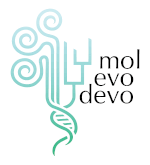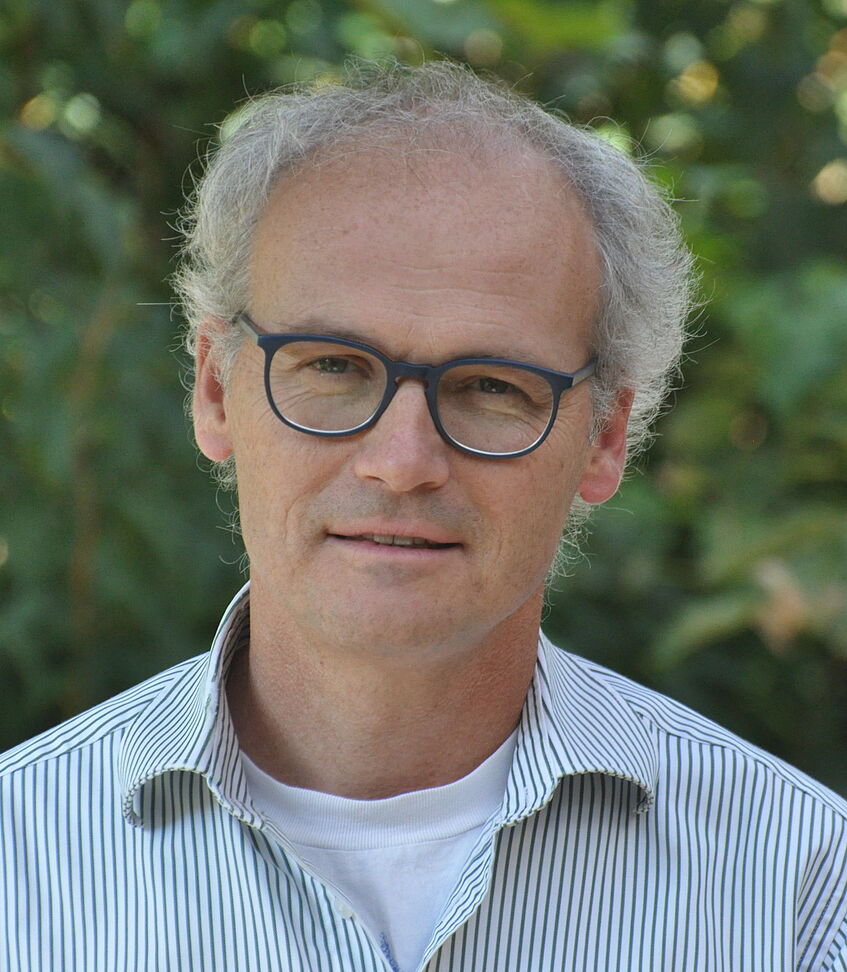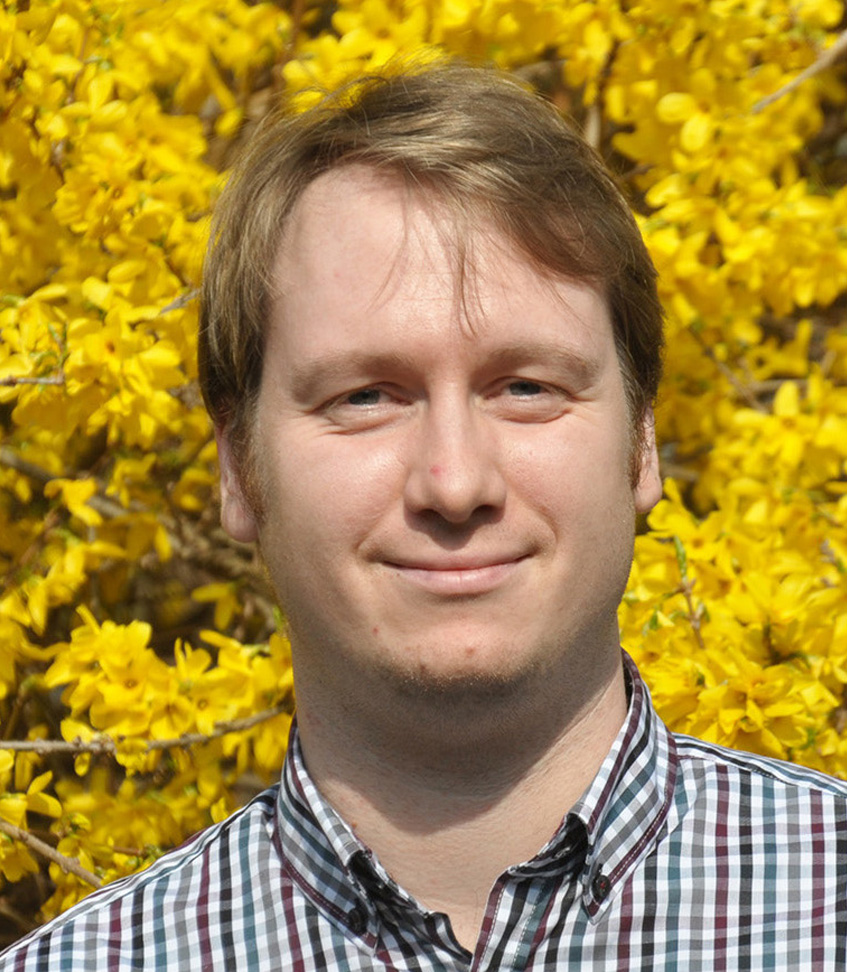
How complex animal body plans could arise in evolution is one of the fundamental questions in biology. We address this question by investigating the underlying genomic, molecular and developmental processes that led to the diversification of animal body plans. We use cnidarians (jellyfish, corals and anemones) as model organisms to understand the evolution of key bilaterian features: bilaterality, central nervous systems and three germ layers. Read more...

Annelid worms have unique value for studying stem-cell based regeneration, as they are known to modulate regenerative capacity by virtue of brain-derived endocrine factors. Moreover, these brain-derived factors orchestrate various other developmental processes – ranging from bristle shapes to the trigger of reproductive maturation, and even the timing of death. Research into individual factors and their function therefore provides unique experimental and mechanistic access to fascinating and fundamental aspects of biology.
Our group combines molecular profiling (RNAseq, proteomics), functional experimentation (knock-outs, transgenics), multimodal imaging, cellular profiling (scRNAseq approaches), physiological experiments, and behavioral analyses to advance research into the molecular orchestration of regeneration, reproduction and metamorphosis. Most of our work focuses on the marine bristleworm Platynereis dumerilii that we have helped to push as an experimental system, but we also follow comparative approaches to basal invertebrates (like sponges) and vertebrates.

Dr. Roger Revilla-i-Domingo
Group Leader
We are interested in understanding the evolution of stem cell gene regulatory networks. To address this fundamental question of animal evolution, we use sponges as a model system. Sponges are one of the most basally branching animal phyla, and therefore particularly suited to reconstruct ancestral stem cell regulatory mechanisms. Our work capitalizes on the establishment of a novel sponge regeneration system, which allows us to interrogate stem cell differentiation processes. We are implementing a number of single-cell transcriptomic and genomic techniques, as well as advanced computational methods, to infer gene regulatory interactions that control stem cell differentiation.

We study major transitions in metazoan evolution from the perspective of the underlying genomic changes. Over the past years, we have contributed to the broader sampling of metazoan genomes, revealing ancestral metazoan and bilaterian genomic architectures and their diversification patterns. While we can trace back many gene families to the ancient metazoan ancestor, we also find many of them linked at both micro- (local gene cluster) and macro-syntenic (chromosomal) levels. The functional significance of most of those linkages during development is unknown. Having a broad phylogenetic focus we aim to (1) characterize and expand our knowledge of conserved and novel gene linkages and their associated (non-coding) elements across metazoans, (2) study their evolutionary dynamics through comparative genomics and modeling approaches, and (3) establishing molecular tools for investigating their role during development and clade-specific innovation.

Dr. Arndt von Haeseler
BioSketch

Mathematical Models and efficient bioinformatics tools are the cornerstones to work on both questions. We develop such models and turn them into applicable software products for a wide user community. To understand the evolutionary forces, we are developing complex models of sequence evolution that in conjunction with tree reconstruction algorithms provide a comprehensive picture about the historical relationship of organisms and the changes that occur in a gene over time. Our approaches to Q2 are more diverse and are tailored to the special needs of high throughput technologies. We are interested in developing “stand-alone tools”, that can infer all relevant parameters from the input data.



